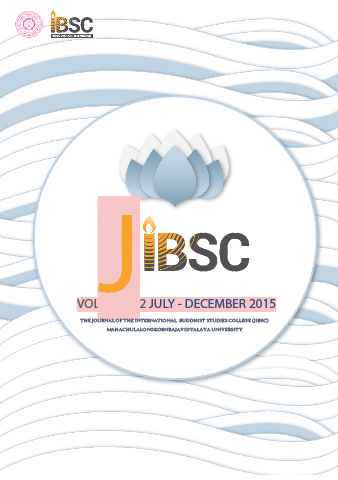THE 20TH CENTURY BUDDHIST REVIVAL MOVEMENT IN CENTRAL VIETNAM
Main Article Content
Abstract
The purpose of this paper is to discuss the Buddhist revival movement in Vietnam in the 20th century, why did the movement take place, how was it recovered, and the results of revival movement in central region of Vietnam. Buddhist recovery in the 20th century was an urgent requirement toward Buddhism not only in Vietnam but also its neighbors in order to satisfy social improvement of the modern time. Moreover, Vietnamese Buddhism itself - Buddhist beliefs and practices had become distorted by corruption, superstition, and spiritual lassitude. Large realities were that Buddhism was not perceived as responding to the crisis of ‘westernization’ and colonial rule, especially if compared with the nationalist or revolutionary platform. Furthermore, Buddhist temples were also losing supporters and resources to new popular sects or Catholicism. In this context, unless Buddhism could fi nd a way to adapt to new circumstances, it risked losing its mass following. Therefore, this article attempts to discuss about why national aspirations changed, the demands for a renovation became more pressing. If these new social currents were not taken into consideration, it would be impossible for Buddhism to participate in the popular movement, whose momentum was growing exponentially at that time.
Article Details
The Journal of TCI is licensed under a Creative Commons Attribution-NonCommercial-NoDerivatives 4.0 International (CC BY-NC-ND 4.0) licence unless otherwise stated. Please read our Policies page for more information on Open Access, copyright and permissions.


